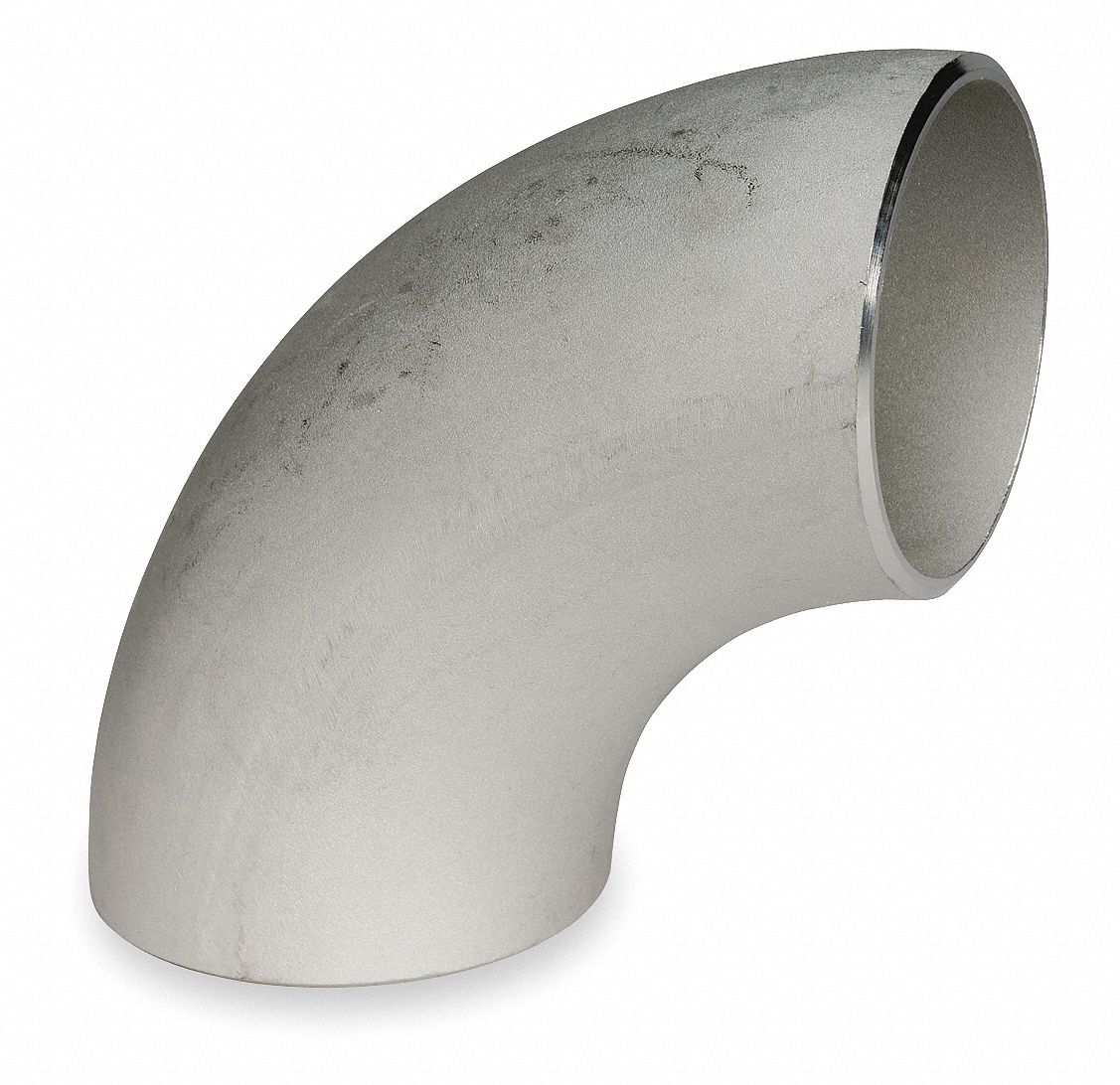-
Cangzhou Yulong Steel Co., Ltd.
-
Phone:
+86 13303177267 -
Email:
admin@ylsteelfittings.com
- English
- Arabic
- Italian
- Spanish
- Portuguese
- German
- kazakh
- Persian
- Greek
- French
- Russian
- Polish
- Thai
- Indonesian
- Vietnamese
- Zulu
- Korean
- Uzbek
- Hindi
- Serbian
- Malay
- Ukrainian
- Gujarati
- Haitian Creole
- hausa
- hawaiian
- Hebrew
- Miao
- Hungarian
- Icelandic
- igbo
- irish
- Japanese
- Javanese
- Kannada
- Khmer
- Rwandese
- Afrikaans
- Albanian
- Amharic
- Armenian
- Azerbaijani
- Basque
- Belarusian
- Bengali
- Bosnian
- Bulgarian
- Catalan
- Cebuano
- China
- China (Taiwan)
- Corsican
- Croatian
- Czech
- Danish
- Esperanto
- Estonian
- Finnish
- Frisian
- Galician
- Georgian
- Kurdish
- Kyrgyz
- Lao
- Latin
- Latvian
- Lithuanian
- Luxembourgish
- Macedonian
- Malgashi
- Malayalam
- Maltese
- Maori
- Marathi
- Mongolian
- Myanmar
- Nepali
- Norwegian
- Norwegian
- Occitan
- Pashto
- Dutch
- Punjabi
- Romanian
- Samoan
- Scottish Gaelic
- Sesotho
- Shona
- Sindhi
- Sinhala
- Slovak
- Slovenian
- Somali
- Sundanese
- Swahili
- Swedish
- Tagalog
- Tajik
- Tamil
- Tatar
- Telugu
- Turkish
- Turkmen
- Urdu
- Uighur
- Welsh
- Bantu
- Yiddish
- Yoruba

Dec . 06, 2024 00:27 Back to list
Exploring Various Flange Types Utilized in Piping Systems for Different Applications
Different Types of Flanges Used in Piping
Flanges are essential fittings in piping systems, facilitating connections between pipes, valves, pumps, and other equipment. These mechanical components provide strength, support, and a secure seal necessary for safe and efficient fluid transport in various applications, including industrial, municipal, and commercial settings. This article explores the different types of flanges commonly used in piping, their characteristics, and their applications.
1. Weld Neck Flanges
Weld neck flanges are characterized by a long tapered neck that gradually transitions to the pipe. This design allows for a strong weld between the flange and the pipe, making it ideal for high-pressure applications. They are typically used in systems where a high level of strength and integrity is required, such as in refineries and chemical processing plants. The neck design also helps in reducing stress concentration at the weld joint.
2. Slip-On Flanges
Slip-on flanges are designed to slip over the pipe, making installation straightforward and cost-effective. These flanges are welded both inside and outside to ensure strength and create a tight seal. Although they are easier to install than weld neck flanges, they are more suitable for low-pressure applications. Slip-on flanges are commonly used in water and wastewater systems, making them a favored choice in municipal pipeline installations.
3. Blind Flanges
Blind flanges are solid flanges with no hole in the center, used to seal the end of a piping system. This type of flange is crucial for closing off the pipe and allowing for future expansion or testing of the system without having to dismantle existing connections. They are widely used in various industries, including oil and gas, to safely isolate sections of pipelines for maintenance or inspection.
4. Threaded Flanges
different types of flanges used in piping

Threaded flanges have internal threads that allow them to be screwed onto the pipe. This design makes them ideal for situations where welding is not feasible, such as for small piping systems or in environments where welding poses risks. Although they offer convenience, threaded flanges are generally limited to low-pressure applications. They are commonly found in plumbing and HVAC systems.
5. Socket Weld Flanges
Socket weld flanges are designed to be fitted into a socket, providing a robust weld joint. These flanges are suitable for high-pressure and high-temperature systems, making them prevalent in oil and gas, chemical plants, and power generation facilities. The socket design reduces the likelihood of stress points, ensuring a strong connection that can withstand varying operational conditions.
6. Lap Joint Flanges
Lap joint flanges are designed to be used with a stub end, allowing for easy alignment and separation of the two components. They are particularly useful in systems that require frequent disassembly for maintenance or inspection. Lap joint flanges are commonly found in applications where a smooth transition is necessary, such as between different piping materials or diameters.
7. Orifice Flanges
Orifice flanges are specialized flanges used for measuring flow rates in pipelines. They feature built-in orifice plates that allow for flow measurement without requiring additional equipment. Orifice flanges are essential in the oil and gas industry, enabling operators to monitor and control the flow of fluids within the system effectively.
Conclusion
Understanding the different types of flanges and their applications is crucial for engineers, designers, and maintenance personnel working with piping systems. Selecting the appropriate flange type ensures not only a secure connection but also the reliability and efficiency of the entire piping system. From weld neck to orifice flanges, each type serves a specific purpose and contributes to the overall functionality of the piping infrastructure. When designing and maintaining a piping system, careful consideration of the flange type can lead to improved safety, performance, and longevity of the installation.
Latest news
-
ANSI 150P SS304 SO FLANGE
NewsFeb.14,2025
-
ASTM A333GR6 STEEL PIPE
NewsJan.20,2025
-
ANSI B16.5 WELDING NECK FLANGE
NewsJan.15,2026
-
ANSI B16.5 SLIP-ON FLANGE
NewsApr.19,2024
-
SABS 1123 FLANGE
NewsJan.15,2025
-
DIN86044 PLATE FLANGE
NewsApr.19,2024
-
DIN2527 BLIND FLANGE
NewsApr.12,2024
-
JIS B2311 Butt-Welding Fittings LR/SR 45°/90° /180°Seamless/Weld
NewsApr.23,2024











